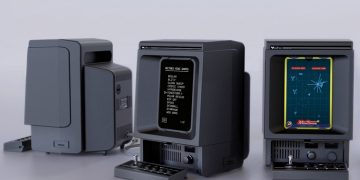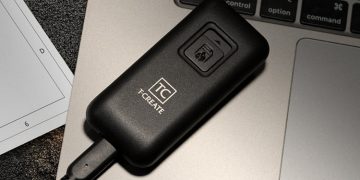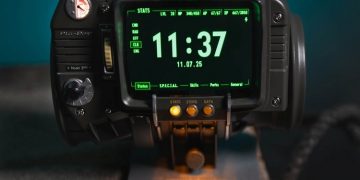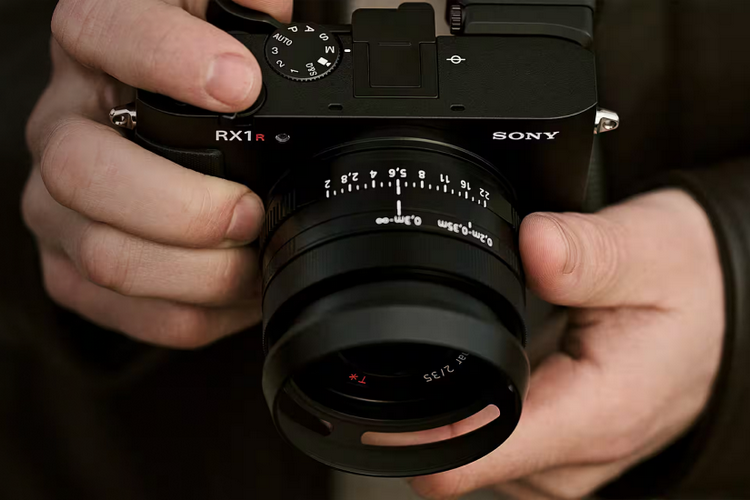
It’s been ten years since Sony released the second-generation RX1R, a fixed-lens full-frame compact camera aimed at a very niche subsection of people who want serious photography hardware at a really compact size. You know… the kind of gear serious enthusiasts might want to have as a travel camera. This year, they’re finally giving it a proper refresh in the form of the Sony RX1R III.
That’s right, Sony just launched the third-generation RX1R, bringing a new option for enthusiasts in the market for a small camera that’s equipped for high-quality full-frame photography. As with previous versions, it does make some sacrifices to achieve that compact size, but packs in the features where it genuinely counts.
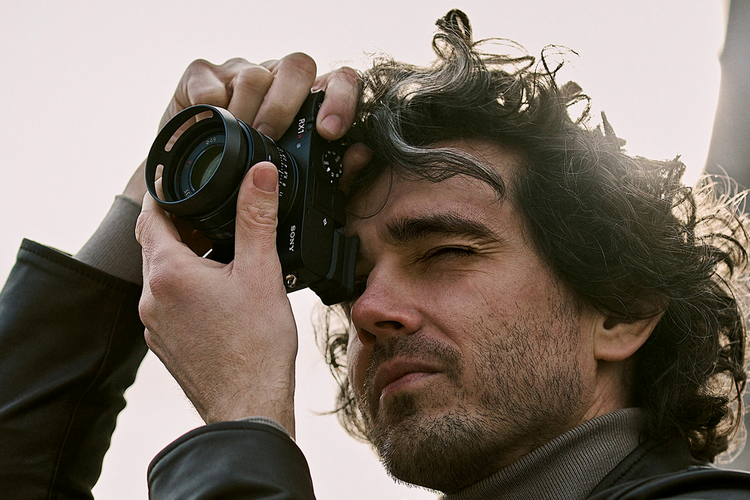
The Sony RX1R III houses a 61-megapixel full-frame Exmor R CMOS sensor, along with the latest Bionz XR image processor and a dedicated AI chip. None of these are new, of course, as Sony has debuted those same technologies in previous mirrorless cameras, but it’s still quite the powerful combo for such a compact rig. It’s fixed lens, coming with a Zeiss Sonnar T 35mm f2 lens that sits partly inside the body to further minimize the size. According to Sony, this lens will offer high levels of sharpness and color rendering, all while offering a macro ring that allows users to get as close as 20cm to subjects. It also features the outfit’s new “Step Crop Shooting” function that allows 35mm, 50mm, and 70mm focal lengths via sensor cropping with the simple push of a button.
Shooting speed maxes out at 5fps, so it’s not the fastest camera out there, while coming with 15 stops of dynamic range. Given that its predecessor is 10 years old, the camera offers a big bump in phase-detect autofocus points, giving users 693 compared to the 399 from the outgoing model. Naturally, the autofocus is more advanced, too, with enhanced tracking performance, improve face and eye detection, and all sorts of subject detection algorithms.

The Sony RX1R III has a 2.36-million dot OLED electronic viewfinder for framing your captures, as well as a touchscreen display for live view and menus. Do note, the rear display is fixed, with no way to tilt or flip in any direction, which, again, is one of the concessions they made to achieve the compact size. Both the EVF and the touchscreen can change orientation, though, when you switch from landscape to portrait photography and back. There’s also no in-body stabilization of any sort, relying solely on electronic stabilization to minimize shakes and jitters. For video, it can capture 4K footage at 30 fpos with 10-but 4:2:2 color sampling, as well as 1080p video at up to 120 fps.
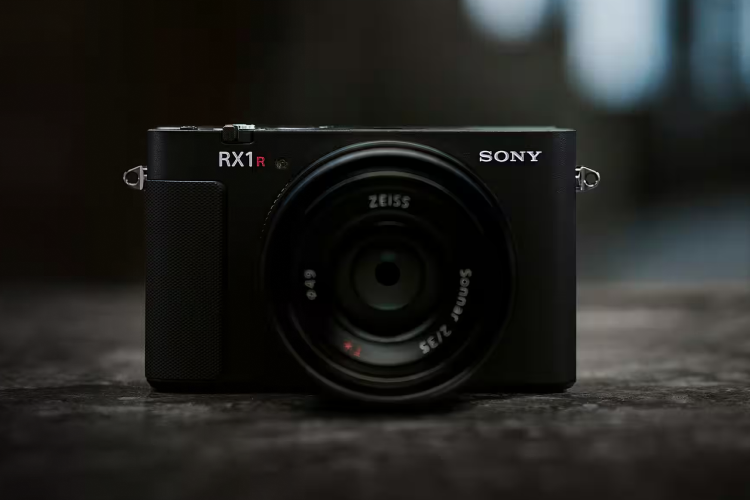
The camera uses the outfit’s NP-FW50 battery, which is rated to offer 300 shots between charges, a single SDXC UHS II slot, a mic input, a microHDMI port, and a USB-C input. Sadly, there’s no headphone jack. Other features include 12 Creative Look presets, a multi-interface shoe, a rigid magnesium alloy build with iron black matte coating, and a tactile grip with micro spindles on the sides.
The Sony RX1R III is slated to come out July 31st, priced at an eye-watering $5,099.99.



